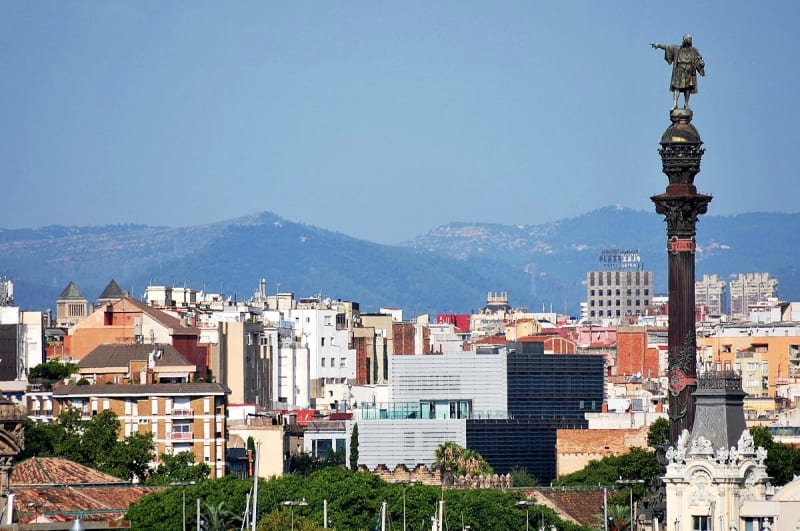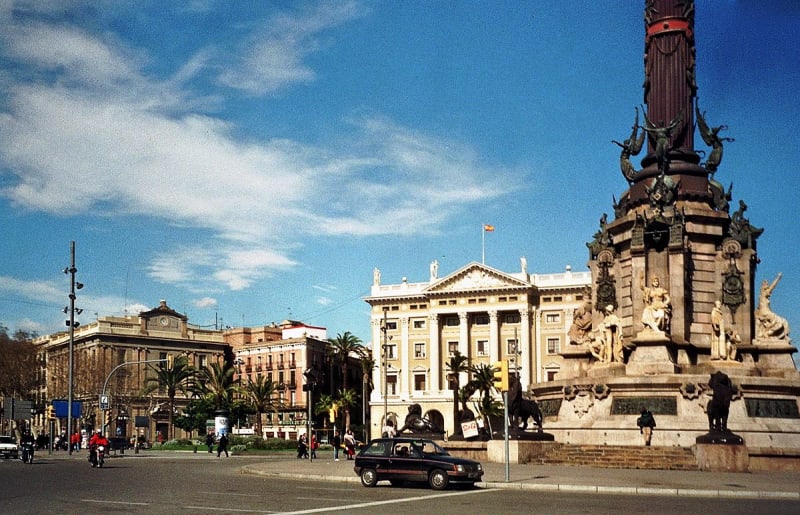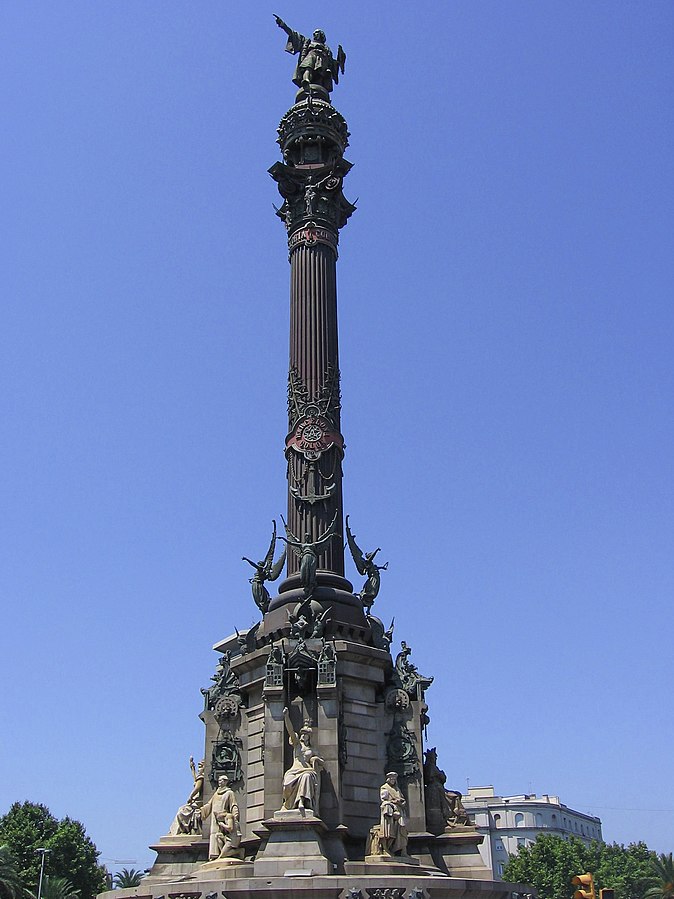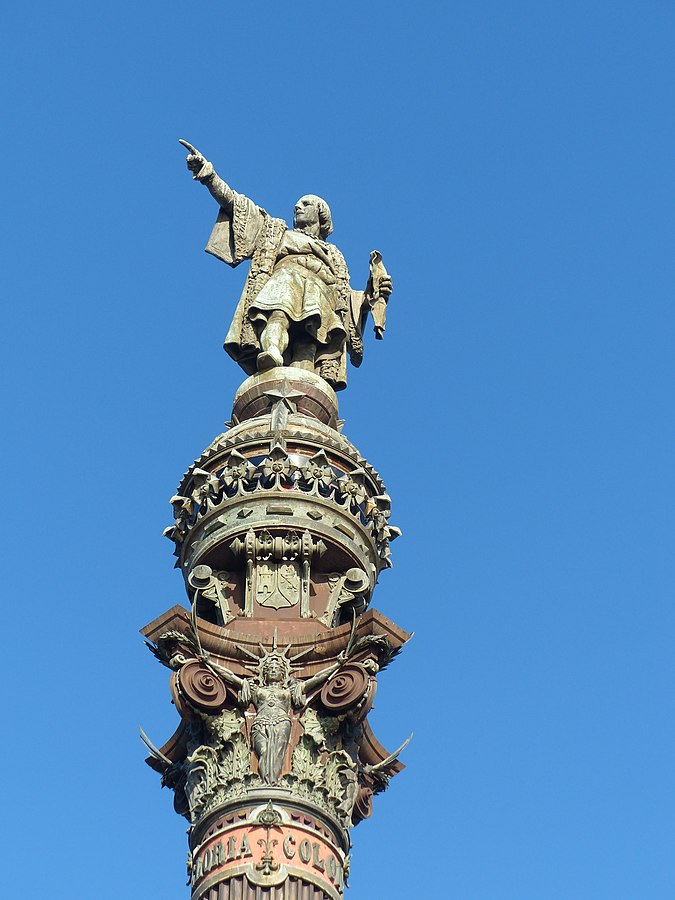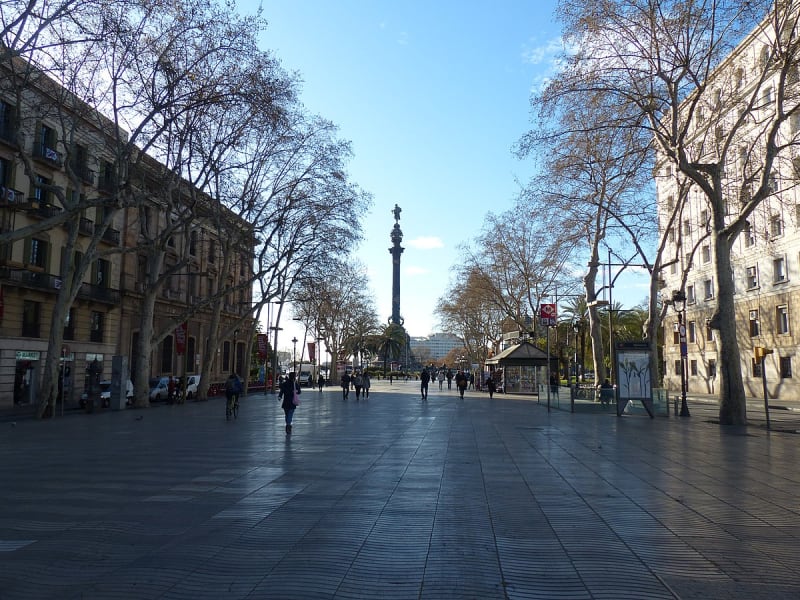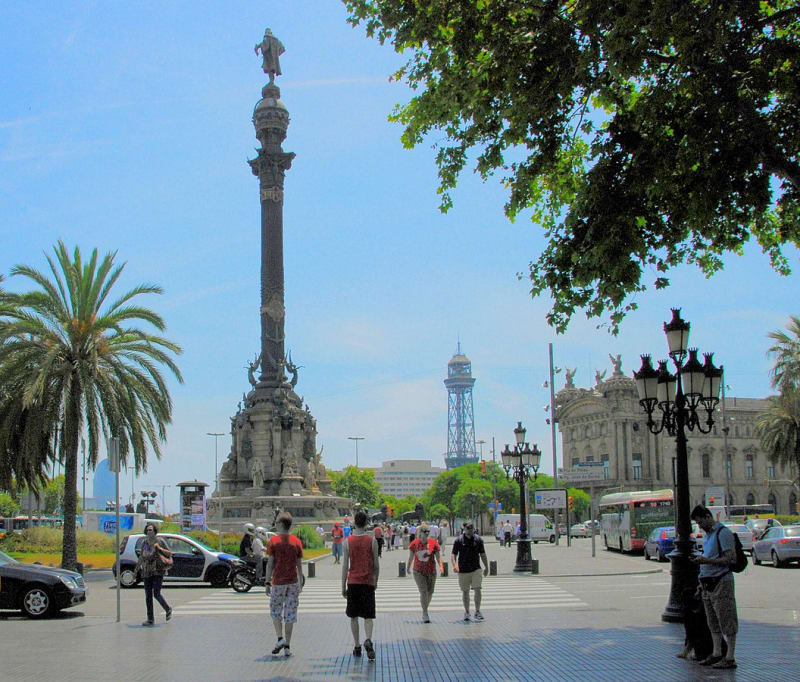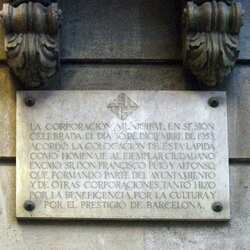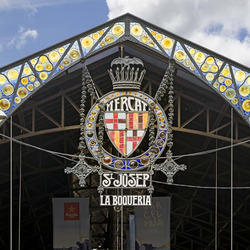Columbus Monument
The Columbus Monument is recognized as a masterpiece of the world monumental architectural art. In 1881, the foundation stone of the monument to the navigator Christopher Columbus was solemnly laid in Barcelona's Portal de la Pau Square, the "Gate of Peace", near Rambla Boulevard. The construction of the monument lasted 7 years. By the opening of the international exhibition held in Barcelona in 1888, the installation of the monument was completed.
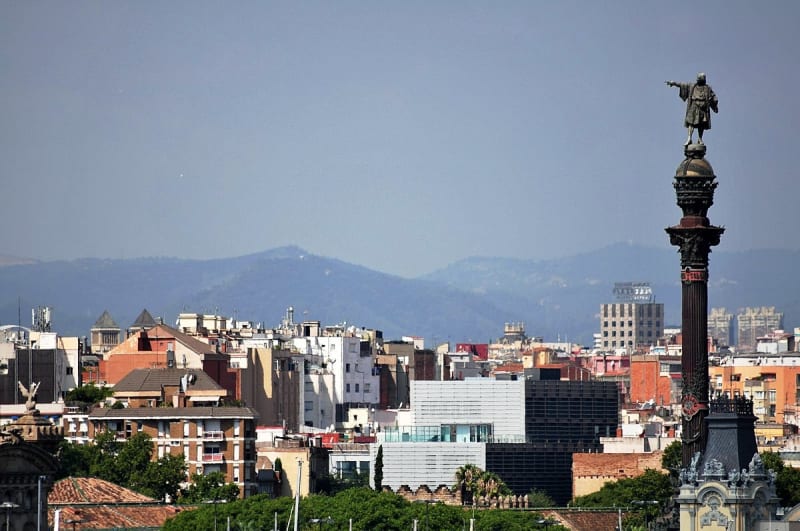
History
A huge monument to Columbus, 7 m high, stands on a 52-meter column and is visible from all points of Barcelona. The total weight of the structure is 623 tons. The idea of perpetuating the famous traveler who discovered America appeared back in 1856. After all, it was at the port of Barcelona in 1493 that the ships arrived after the legendary voyage. Here Columbus informed the ruling royal couple about the discovery of the New World.
In 1872, the idea was supported by the mayor of the city. Finally, in 1881, it was decided to hold a competition among only Spanish artists to assign the best to work on the monument to Columbus. Catalans jealously consider Columbus to be their countryman, despite the fact that he was born in Genoa, Italy, and lived in Portugal for 9 years.

The competition was won by the architect G. Bouigas y Montraba. The author of the bronze sculpture of Columbus was R. Atche. The cast-iron bas-reliefs on the pedestal are the work of sculptor A. Wolmegut.
Description
To make a grand monument to Columbus, Madrid allowed the bronze cannons standing in the fortress on Montjuic Hill to be poured. The monument is based on a circle with a diameter of 20 m. It is flanked on 4 sides by 6-meter stepped approaches, decorated on the sides with lion figures. Numerous tourists from all over the world like to take pictures near Lviv.
The 8-coal pedestal is decorated with 4 bronze sculptures of winged goddesses of victory and glory, who are ready to fly to all 4 directions of the world. At the feet of the goddesses are griffons, symbolizing the prows of ships.There are 4 female statues near the ledges of the pedestal, symbolizing Catalonia, Aragon, Castile and Leon - the 4 main parts of Spain. In the hands of the statue they hold symbols of power - a scepter and a crown.
There are 8 medallions on the pedestal, each of which depicts the faces of people who influenced the fate of Columbus. One of them depicts King Ferdinand and Queen Isabella meeting the navigator. The plinth of the pedestal is decorated with bronze bas-reliefs with scenes of Columbus' voyage and the coats of arms of the provinces visited by the traveler.
A huge metal Corinthian column stands above the majestic pedestal. Just like the pedestal, it is hollow inside. This made it possible in 1889 to install an elevator in the hollow space to climb to the observation deck. A bird's-eye view of the city offers a magnificent view.
Details
Sometimes the elevator gets stuck, which causes a lot of trouble to get people out of it. The first breakdown occurred just on the first ascent, and the mayor got stuck in the elevator.
The column is crowned by a statue of a brave navigator. The word "Earth" is written on the base. The index finger of Columbus' right hand is pointing east. There are many versions where he points. Someone thinks that towards America there is a new discovery; someone is sure that in the direction of Genoa, where Columbus was born; someone is convinced that the finger is simply pointing into the distance, where new discoveries are waiting. In the left hand of the bronze statue is a navigation map.
In 2013, for the start of the playing season, the Catalan football club, together with Nike, dressed the statue in a blue-garnet T-shirt, the new uniform of the club. The act caused a flurry of indignation, but after all, the company paid a decent amount to the city budget for this "dressing up", and the monument to Columbus once again reminded of itself.
